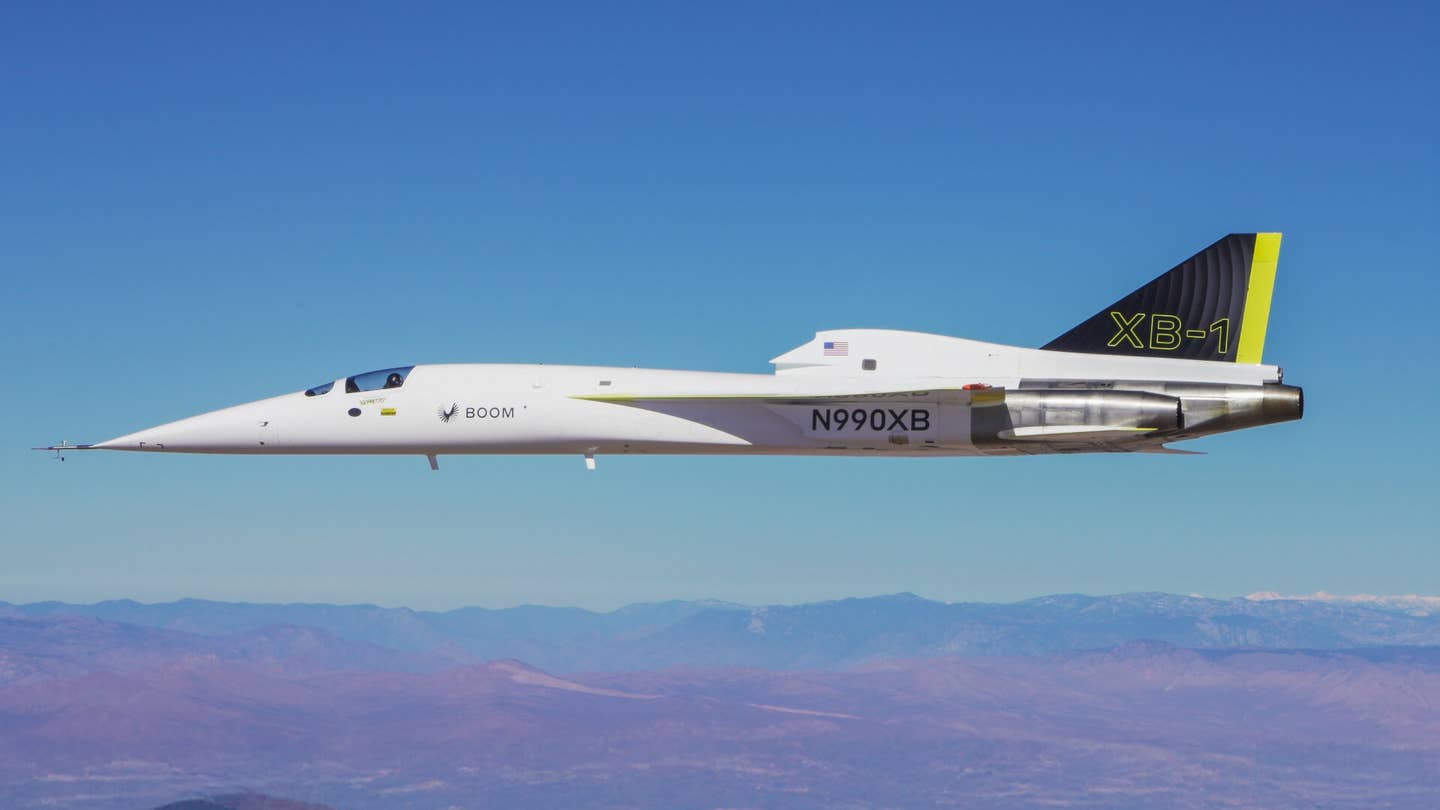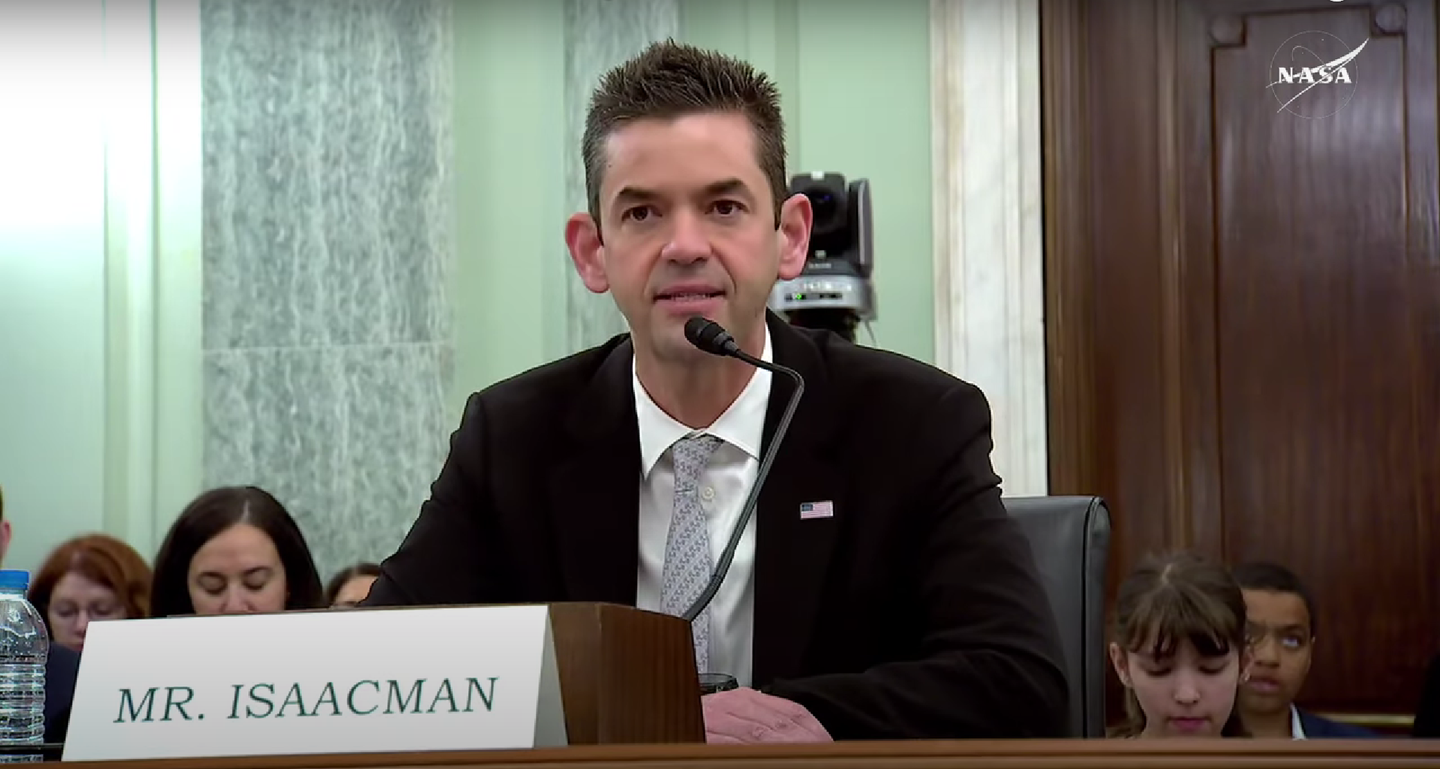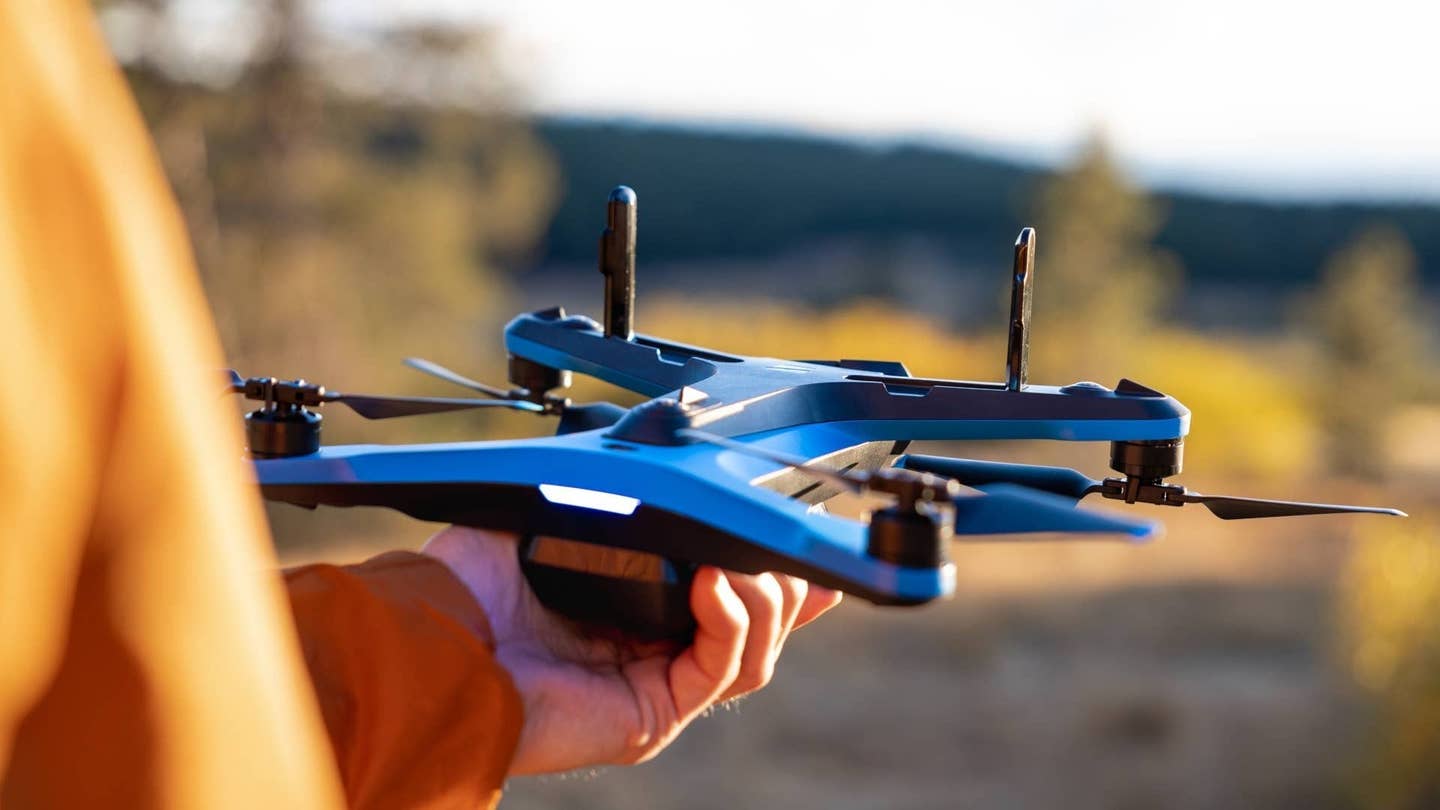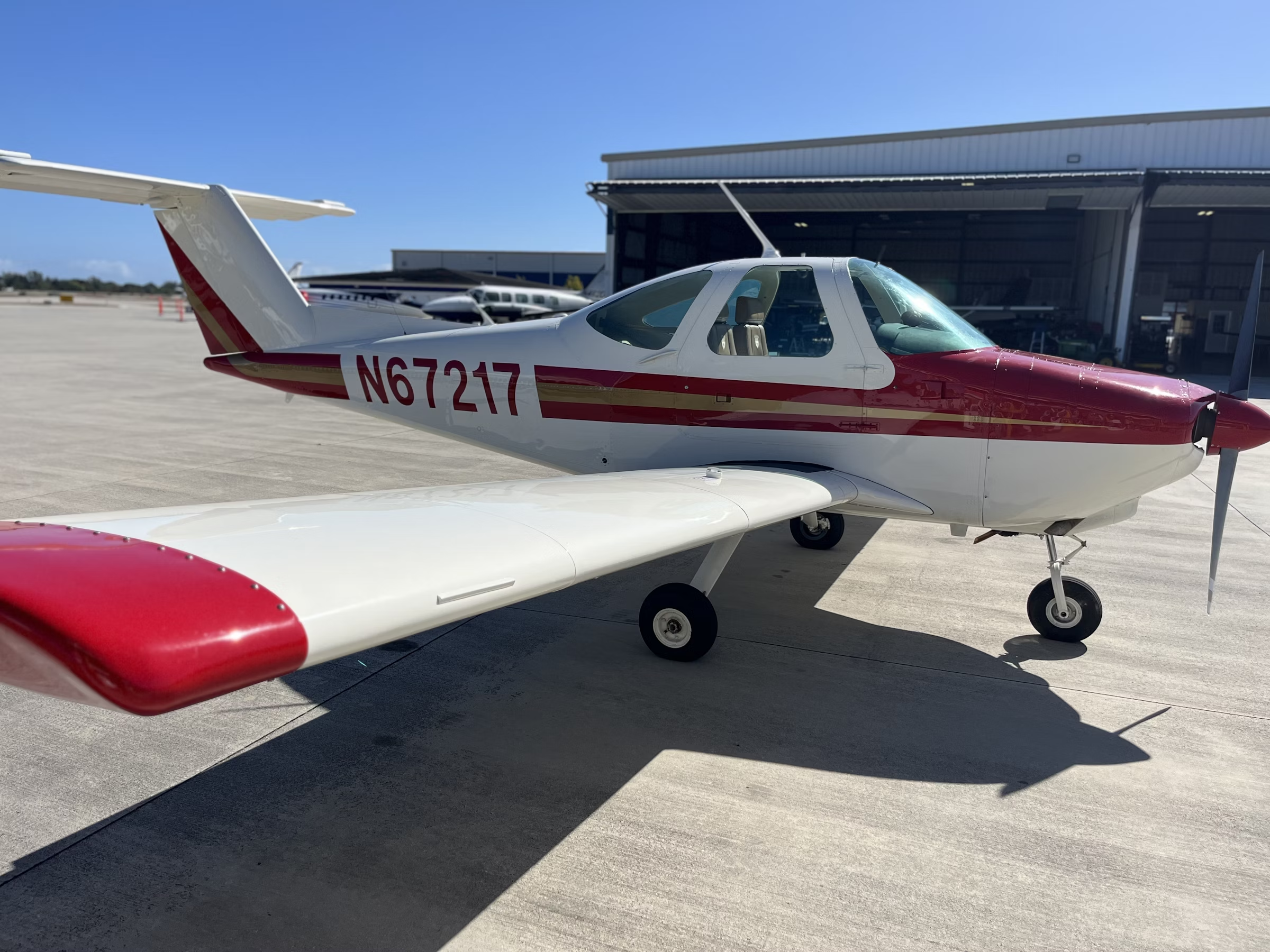This Company Is Taking the ‘Boom’ Out of Supersonic Flight
Boom Supersonic’s XB-1 demonstrator creates a sonic boom not audible from the ground below, potentially opening up opportunities for supersonic flight over land.

Boom’s XB-1 ‘Baby Boom’ demonstrator achieves supersonic flight with no audible sonic boom on the ground. [Courtesy: Boom Supersonic]
Last month in the skies above Mojave Air & Space Port in California—the same hallowed airspace where U.S. Air Force ace Chuck Yeager first eclipsed the sound barrier in a Bell X-1 in 1947—Boom Supersonic’s XB-1 or “Baby Boom” became the first independently built jet to hit supersonic speeds.
But you wouldn’t be able to tell from below.
That’s because during the Baby Boom’s 12th test flight last month, the demonstrator created a sonic boom that could not be heard on the ground. It achieved the feat again during the aircraft’s 13th and final jaunt on Tuesday. Boom has dubbed the capability “Boomless Cruise” and claims it will allow the company’s Overture—planned to be the first supersonic commercial airliner since Concorde, with room for 64 to 80 passengers—to fly 50 percent faster than existing jets.
“You can hear some jet engine noise the same way you would for any other airplane,” Blake Scholl, founder and CEO of Boom, told FLYING. “But there’s absolutely no sonic boom.”
Boom on Monday launched a campaign to change FAA regulations that prohibit supersonic flight over land. Scholl, who is in Washington, D.C., this week, said that could unlock coast-to-coast trips—such as from New York to Los Angeles—that are 90 minutes shorter than existing flights.
“We’ve proven we can build a supersonic jet out of airliner technology. We’ve proven we can break the sound barrier six times without an audible sonic boom,” Scholl said. “The next thing is, let’s get the outdated regulation updated.”
Achieving the Improbable
Boomless Cruise is based around a physics concept called Mach cutoff, which engineers have long considered feasible but have been unable to achieve. Scholl said the company explored it early on but was limited by existing technology.
“Modified commercial engines just didn’t have the power to do that, certainly not efficiently,” he said.
The concept was first introduced by Lockheed Martin in the 1960s, drawing the attention of NASA and the FAA. Subsequent government-backed studies in the 1970s used fighter jets to prove Mach cutoff was possible. But they lacked the data needed for the FAA and policymakers to create regulations.
At its core, Mach cutoff requires a pilot to fly at high altitude and precise speed. Above 30,000 feet, sound waves refract within the atmosphere rather than reaching the ground due to lower temperatures. But that’s only if the aircraft is traveling at the exact right speed, determined based on weather, temperature, and wind conditions.
Recently, researchers at Penn State University, working under a $170,000 FAA grant, studied how “boomless” operations could be perceived by people on the ground.
“Mach-cutoff ground signatures are unique sounds and have not been part of the public’s day-to-day experience, so the impact on community annoyance is difficult to predict,” they wrote.
XB-1’s two supersonic test flights generated six sonic booms, but microphones stationed below the flight path confirmed they did not reach the ground. In addition to gathering data at supersonic speed, the testing allowed Boom to capture Schlieren images—visualizations of the shock waves produced by an aircraft—for NASA. For teams on the ground to snap the photos, test pilot Tristan “Geppetto” Brandenburg had to make a supersonic pass with precise timing and positioning.
Following Monday’s flight, the Baby Boom will stow away in the lobby of Boom’s new headquarters in Denver, where the design was first conceived. With its job complete, the company is now setting its sights on Overture.
What’s Next?
The XB-1—which collected 525 minutes of total flight time across 13 test flights in less than one year—is just a prelude to Boom’s much larger Overture.
Scholl’s vision is for the SAF-powered commercial airliner to fly passengers anywhere in the world in four hours—for just $100. Boom expects to certify and introduce it in 2029, which would mark a return to supersonic commercial flight more than 25 years after Concorde’s retirement.
According to XB-1 testing data, Boom believes Overture will be able to fly as fast as Mach 1.3 with no audible sonic boom. That will be made possible by the aircraft’s Symphony engines, which are designed to achieve supersonic speed above 30,000 feet (where Mach cutoff physics kick in). Symphony will power on for the first time during testing planned for later this year.
Overture’s autopilot will track atmospheric conditions in real time to tell pilots the exact speed they must fly—too fast, and the boom will still be heard. XB-1 testing data should help Boom hone the algorithms it uses to understand conditions at Mach cutoff altitudes.
According to the manufacturer, Overture’s Boomless Cruise could reduce U.S. coast-to-coast flight times by 90 minutes—if the FAA changes its rules. Current regulations bar all supersonic flights over land, whether they produce an audible boom or not.
“All civil aircraft are prohibited from operating above Mach one over land in the United States,” the FAA told FLYING. “Aircraft companies seeking to test civil supersonic aircraft require a special flight authorization.”
Boom originally planned for Overture to cruise at Mach 0.94—subsonic, but still faster than today’s commercial jets—over land and Mach 1.7 over water. But the validation of Boomless Cruise could change things.
Scholl this week called the sonic boom regulation his “least favorite” and reiterated Boom’s aim to get it changed by working with regulators.
“Basically, [the rule] says ‘thou shalt not exceed Mach one,’” Scholl said. “And what it should say is, ‘thou shalt not make loud noises.’”
Scholl thinks the regulation should be “pretty easy” to change. It could get even easier with the backing of SpaceX CEO Elon Musk, whose Department of Government Efficiency (DOGE) is working closely with President Donald Trump’s administration.
Musk on Tuesday replied to Scholl and offered his support.
“This administration will get rid of all regulations that make no sense, like this one,” Musk said.
Like this story? We think you'll also like the Future of FLYING newsletter sent every Thursday afternoon. Sign up now.
10 Must-Read Books on Space Exploration

Sign-up for newsletters & special offers!
Get the latest FLYING stories & special offers delivered directly to your inbox






